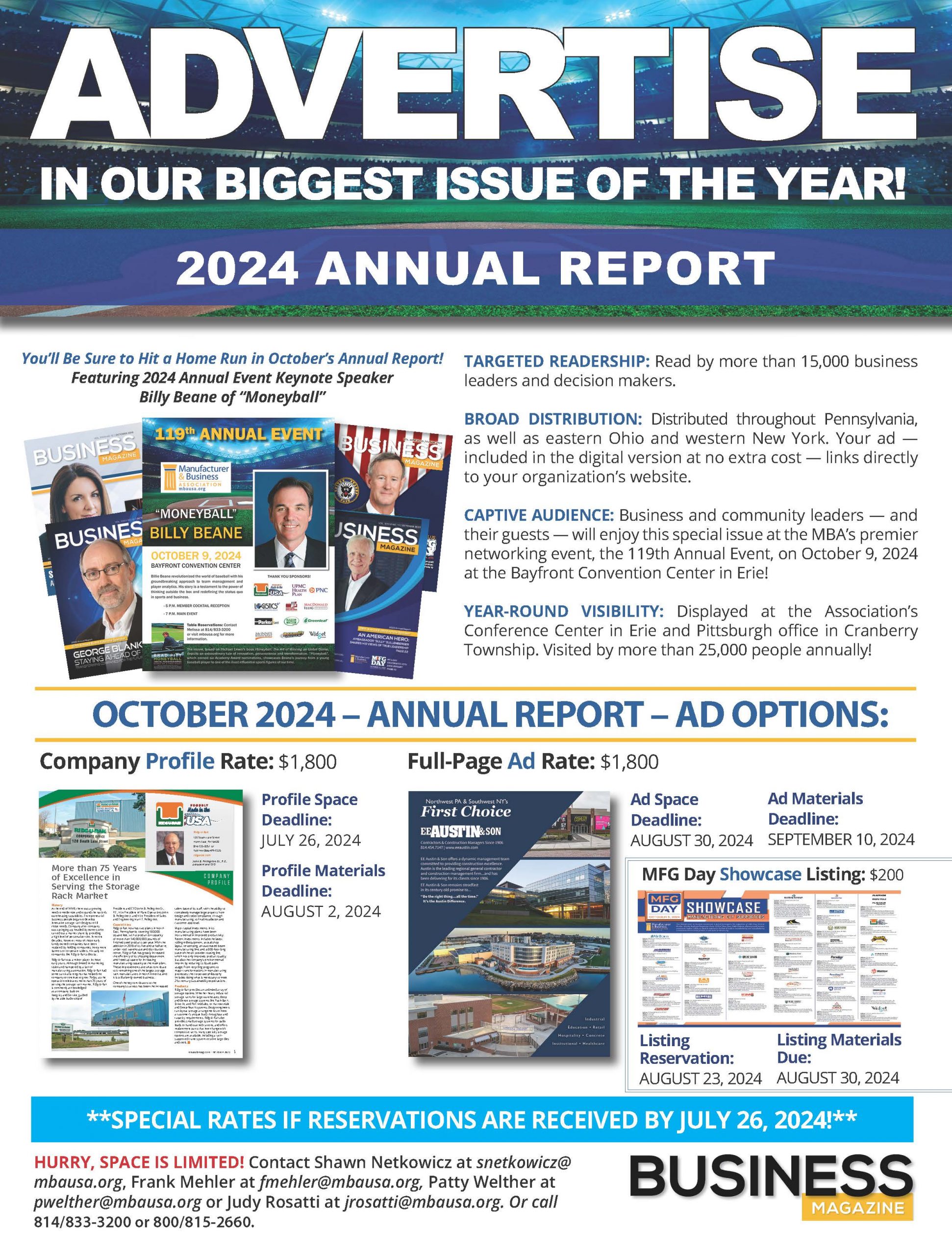About 155 million Americans rely on employer-sponsored health-care coverage — and not only are they paying more for that coverage, but family premiums are climbing faster than wages and inflation, according to the Kaiser Family Foundation’s 2021 Employer Health Benefits Survey released late last year.
Here are a few key takeaways from the survey:
- In 2021, the average annual premiums for employer-sponsored health insurance were $7,739 for single coverage and $22,221 for family coverage.
- Most covered workers contribute toward the cost of the premium for their coverage. On average, workers contribute 17 percent of the premium for single coverage and 28 percent of the premium for family coverage.
- The average annual dollar amounts contributed by covered workers for 2021 are $1,299 for single coverage and $5,969 for family coverage. The average dollar contribution for family coverage has increased 13 percent since 2016 and 45 percent since 2011.
- Preferred provider organizations (PPOs) are the most common plan type, enrolling 46 percent of covered workers in 2021. Twenty-eight percent of covered workers are enrolled in a high- deductible plan with a savings option, 16 percent in an HMO, 9 percent in a POS plan, and 1 percent in a conventional/indemnity plan.
- Eighty-five percent of covered workers have an annual deductible for single coverage that must be met before most services are paid for by the plan. The average deductible amount for single coverage is $1,669. The average deductible for covered workers in small firms is $2,379.
- Over the past five years, the percentage of covered workers with a general annual deductible of $2,000 or more for single coverage has grown from 23 percent to 29 percent.
- Most covered workers face a co-payment when they visit a doctor, and some workers face coinsurance requirements. The average copayments are $25 for primary care and $42 for specialty care. The average coinsurance rates are 19 percent for primary care and 20 percent for specialty care.
- Most firms offer Health and Wellness programs to help workers identify and address health risks. Fifty-eight percent of small firms and 83 percent of large firms offer a program in at least one of these areas: smoking cessation, weight management, and behavioral or lifestyle coaching.
To learn how the Manufacturer & Business Association can assist with lowering your organization’s health-care costs, contact us at 814/833-3200, 800/815-2660 or visit mbausa.org.












